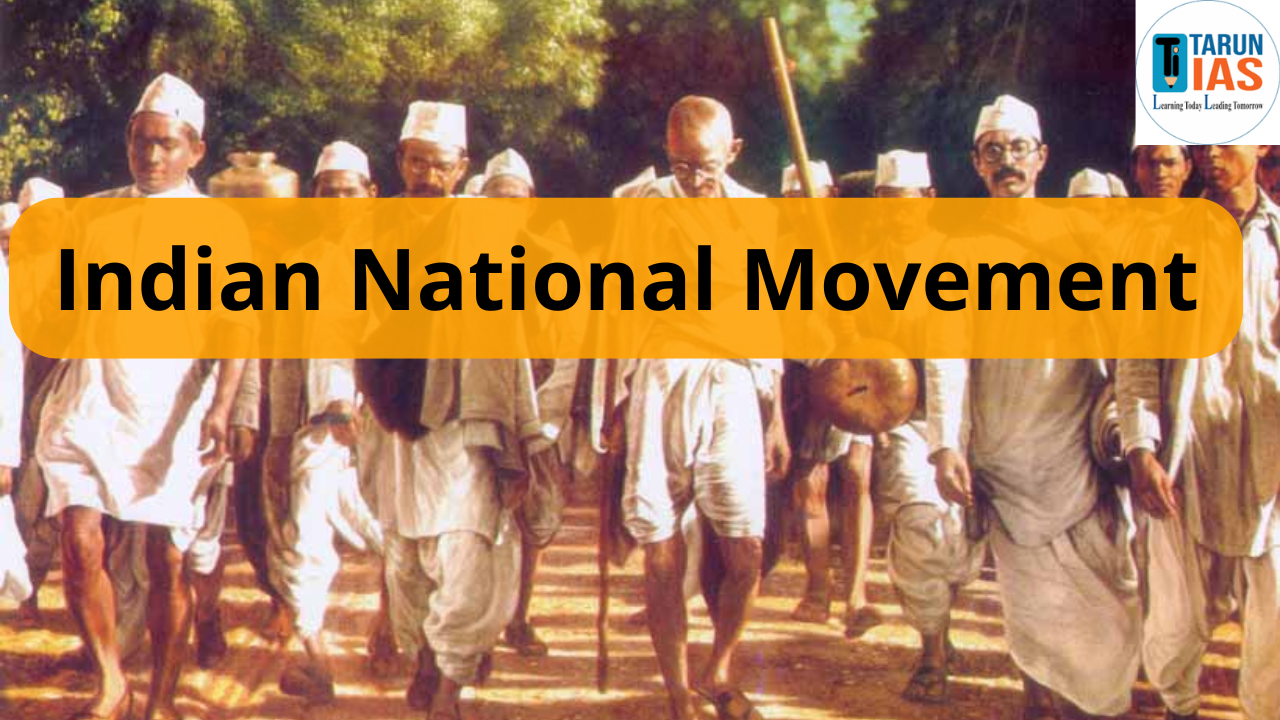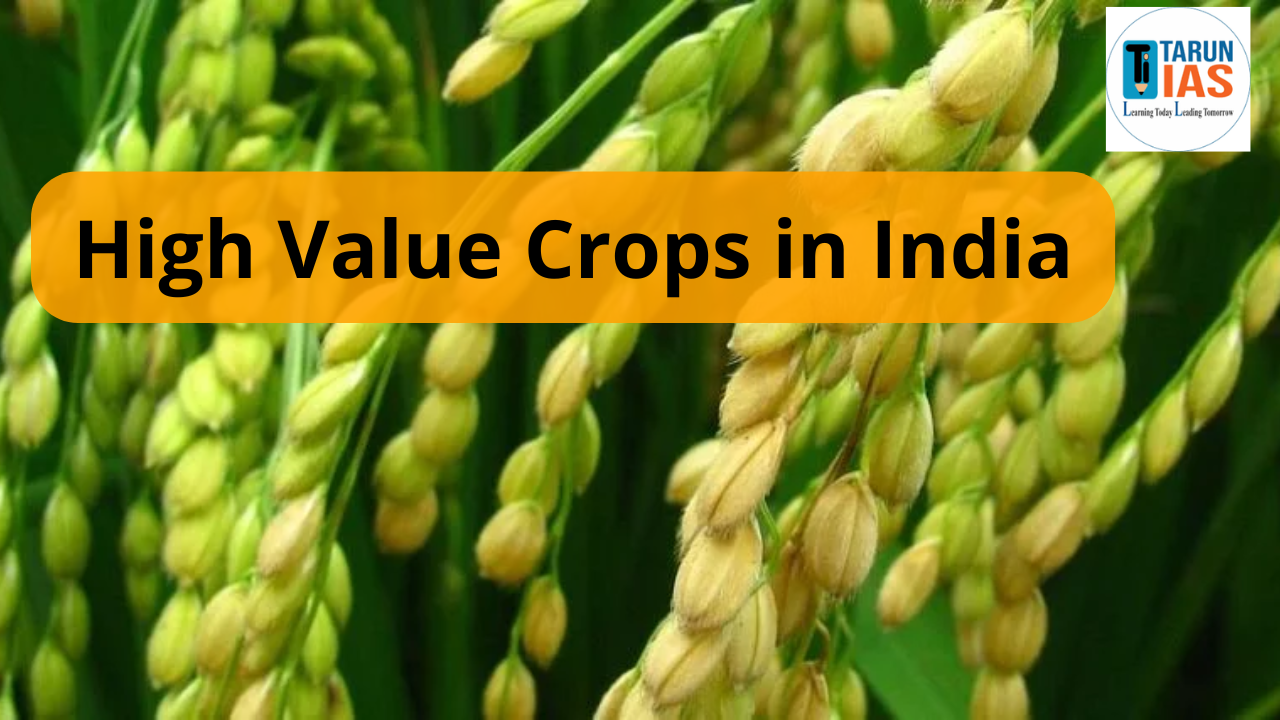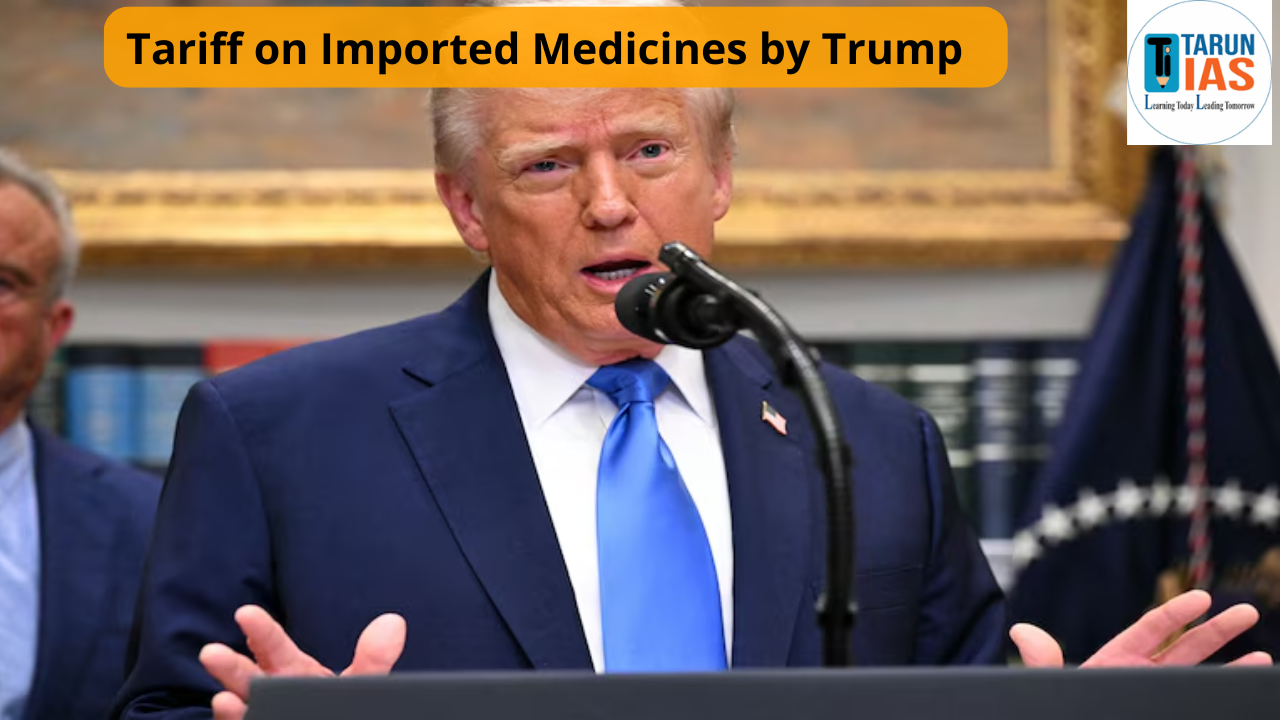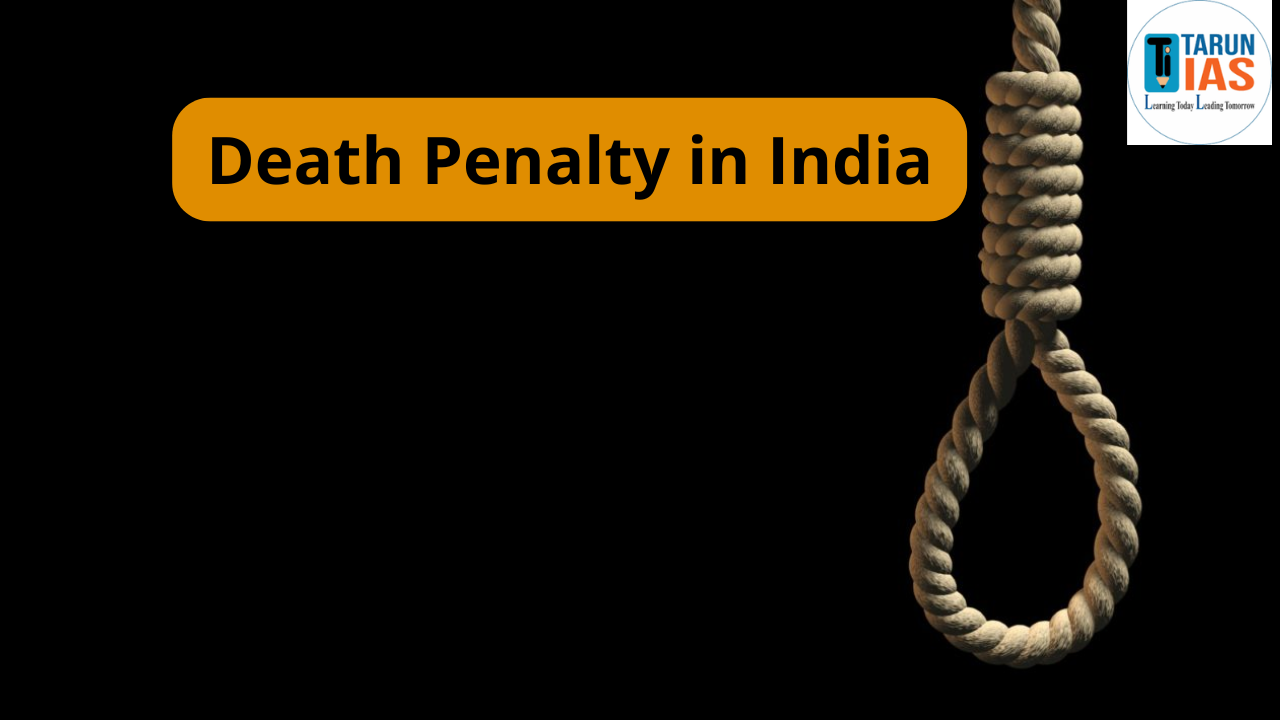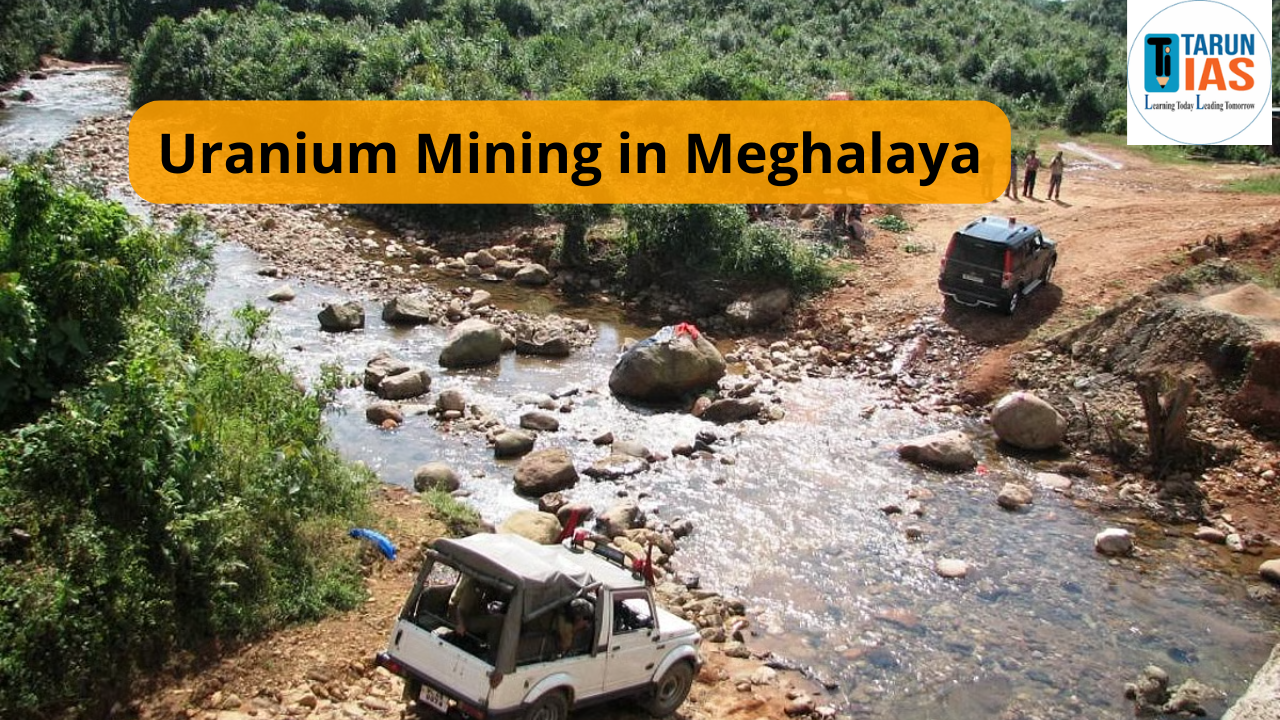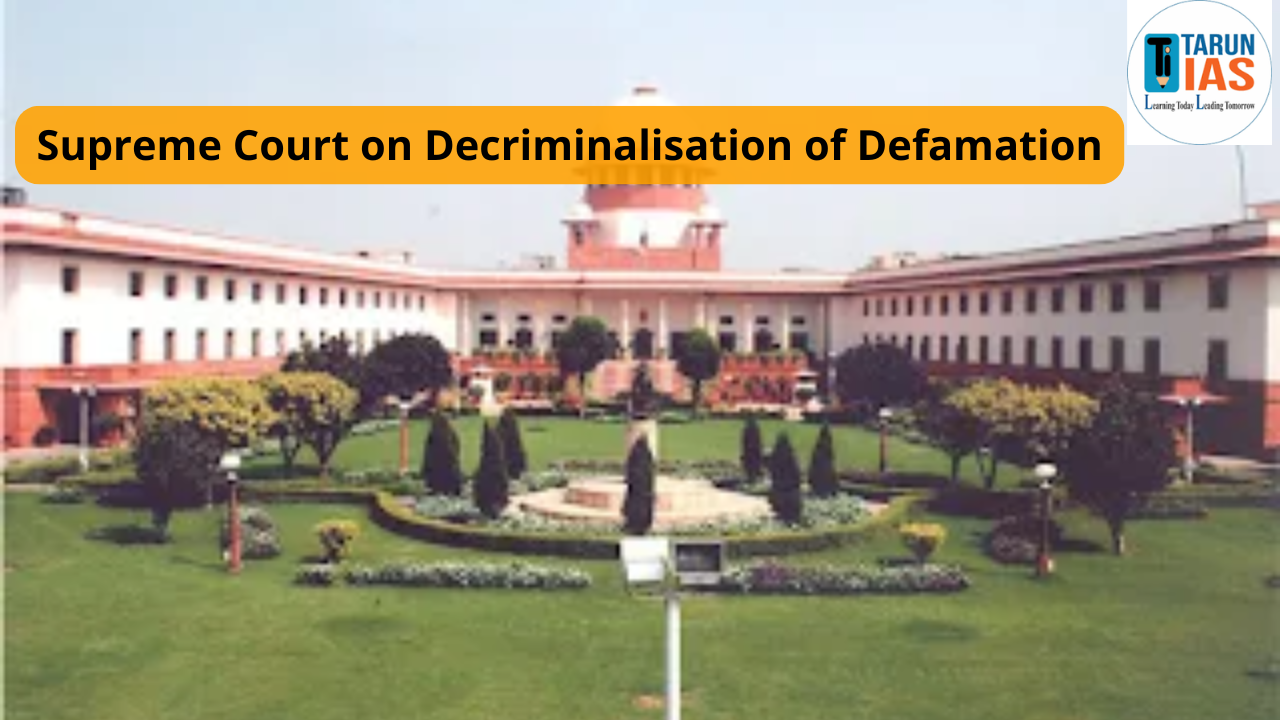India’s journey to independence was not easy. It took almost 100 years of struggles, sacrifices, and unity to break free from British rule.The Indian National Movement is the story of how different people, leaders, and groups came together. step by step to fight for one common goal freedom.
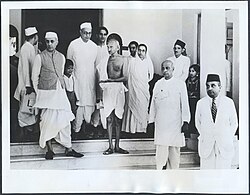
Indian National Movement Background
Before the movement began, India was not one country. It was made up of many small kingdoms and princely states. The British slowly captured power through their company (East India Company) and later ruled directly after 1858.Even though Indians spoke different languages, followed different cultures, and had different customs, British rule united them but not in a good way. The British exploited Indian land, wealth, and people for their own benefit.
They passed laws that were unfair, taxed heavily, and ignored Indian voices in governance.
This injustice and exploitation created a sense of nationalism. People began to feel that they all belonged to one land. India must fight together to make it free.
Indian National Movement Beginning Revolt of 1857
The first major spark came in 1857, when Indian soldiers (sepoys) in the British army revolted. The reason was the use of greased cartridges made from cow and pig fat. offensive to both Hindu and Muslim soldiers.But it wasn’t just about cartridges. People were already angry due to:
- Land being taken away from Indian rulers
- Heavy taxes on farmers
- Poor treatment of Indian soldiers and civilians
Leaders: Rani Lakshmibai (Jhansi), Bahadur Shah Zafar, Tantia Tope, Nana Sahib
Result: The revolt failed, but it showed the British that Indians were no longer willing to stay silent. It marked the beginning of the national struggle.
Indian National Movement Three Main Phases
The Indian National Movement did not happen all at once.it unfolded gradually in different phases, each with its own leaders, goals, and strategies that together built the path to freedom.
Moderate Phase (1885–1905)
Aim: Indians wanted reforms and representation in the British government, but not complete freedom yet.
Leaders:
- Dadabhai Naoroji
- Gopal Krishna Gokhale
- M.G. Ranade
Major Events:
- Formation of Indian National Congress (INC) in 1885.
- Demands were made for more Indians in government jobs.
- Use of petitions, speeches, and peaceful dialogue.
Note: Dadabhai Naoroji wrote about how the British were draining India’s wealth in his book Poverty and Un-British Rule in India.
Extremist Phase (1905–1919)
Aim:
More aggressive approach. Leaders now demanded Swaraj (self-rule), not just reforms.
Leaders:
- Bal Gangadhar Tilak
- Bipin Chandra Pal
- Lala Lajpat Rai (together known as Lal-Bal-Pal)
Major Events:
- Partition of Bengal (1905) by Lord Curzon angered Indians. It was seen as a divide-and-rule policy.
- The Swadeshi Movement started – people boycotted British goods and promoted Indian products.
- Growth of national education, national songs, and pride in Indian heritage.
Gandhian Phase (1919–1947)
This phase was the most impactful and lasted the longest.
Aim: Complete independence through non-violent methods.
Leaders:
- Mahatma Gandhi
- Jawaharlal Nehru
- Sardar Vallabhbhai Patel
- Subhas Chandra Bose (took a different path later)
Major events:
Champaran Satyagraha (1917)
-
Gandhi’s first satyagraha in India.
-
Farmers in Bihar were forced to grow indigo and faced exploitation.
Kheda Satyagraha (1918)
-
People in Gujarat faced floods and famine but still had to pay taxes.
Non-Cooperation Movement (1920–22)
-
Triggered by the Jallianwala Bagh Massacre (1919) where British troops killed hundreds of peaceful protesters.
-
Indians gave up British titles, jobs, and refused to cooperate with the government.
Civil Disobedience Movement (1930)
-
It started with the Dandi March (Salt Satyagraha) led by Gandhi.
-
People openly broke unjust British laws like salt tax.
Quit India Movement (1942)
-
After the failure of the British to grant full freedom, Gandhi gave the slogan: “Do or Die.”
-
Mass protests across India. Many leaders were arrested.
Indian National Movement Major Events Indian
To understand how India moved from being a colony to an independent nation, it is important to look at the major events that shaped the national movement over the years.
Revolt of 1857 (First War of Independence) 1857
The first major uprising against British rule took place in 1857 when Indian soldiers in the British army, known as sepoys, revolted due to the use of rifle cartridges greased with cow and pig fat, which hurt the religious beliefs of both Hindus and Muslims; however, this revolt was more than just about the cartridges.it reflected the anger of kings who lost their kingdoms, peasants suffering under heavy taxes, and common people tired of British injustice, and though it was crushed, it shook the British Empire and planted the first seeds of Indian nationalism.
Formation of Indian National Congress (INC) 1885
In 1885, the Indian National Congress was formed by educated Indians with the aim of giving people a political platform to express their concerns peacefully; in the early years, the Congress mostly demanded small reforms like more Indians in government jobs, better education, and protection of Indian industries, using peaceful petitions and discussions with the British, which helped create political awareness among Indians across different regions.
Partition of Bengal and Swadeshi Movement 1905
The British, under Lord Curzon, decided to divide Bengal in 1905 claiming it was for administrative reasons, but Indians saw it as a clear attempt to divide Hindus and Muslims to weaken the growing unity in the freedom struggle; this led to strong protests across the country, especially in Bengal, where people boycotted British goods, promoted local products (Swadeshi), and started focusing on national education and Indian pride, marking a shift from mild protests to more active resistance.
Formation of Muslim League 1906
The All India Muslim League was established in 1906 as a political group to represent the interests of Muslims in India, especially after concerns that the Congress was more focused on Hindu-majority views; over time, the League played a crucial role in Indian politics and eventually became the main body demanding a separate nation for Muslims, which later led to the creation of Pakistan in 1947.
Gadar Party Movement 1913
In 1913, a group of Indian revolutionaries, mostly Punjabis living in Canada and the United States, formed the Gadar Party to fight for India’s independence through armed revolution; they believed that only a violent uprising could drive the British out, and although many of their plans failed due to British intelligence, the Gadar Party inspired many with their courage and global efforts to free India.
Home Rule Movement 1916–1918
Led by Annie Besant and Bal Gangadhar Tilak, the Home Rule Movement began during World War I and aimed at demanding self-rule for India under the British Empire, just like what countries like Australia and Canada had; this movement united moderate and extremist leaders for a common cause and spread political awareness to new areas like southern India, where political activity had been limited earlier.
Champaran Satyagraha 1917
In 1917, Mahatma Gandhi launched his first major movement in India at Champaran in Bihar, where British planters forced poor farmers to grow indigo on their lands under oppressive conditions and pay unfair taxes; Gandhi’s nonviolent protest and support for the peasants forced the British to change their policies, proving that peaceful resistance could bring real results.
Kheda Satyagraha and Ahmedabad Mill Strike 1918
Gandhi led two more movements. one in Kheda, Gujarat, where he helped farmers who were facing famine and could not pay taxes, and another in Ahmedabad where he supported textile mill workers fighting for fair wages; both these struggles strengthened Gandhi’s role as a mass leader and showed how Satyagraha could be applied to economic and social issues.
Rowlatt Act & Jallianwala Bagh Massacre 1919
In 1919, the British passed the Rowlatt Act, which allowed them to arrest and jail anyone without trial, and this led to peaceful protests all over the country; one such protest gathering at Jallianwala Bagh in Amritsar turned into a horrific tragedy when British General Dyer ordered his soldiers to fire on the unarmed crowd, killing hundreds of men, women, and children, which shocked the nation and turned even moderate Indians against British rule.
Non-Cooperation Movement 1920–1922
After the Jallianwala tragedy and the unfair treatment of Muslims during the Khilafat issue, Gandhi launched the Non-Cooperation Movement where people were asked to boycott British schools, courts, jobs, and goods; this mass movement saw Indians giving up British titles, lawyers leaving courts, and students refusing to attend colonial institutions, but it was called off after the Chauri Chaura incident in 1922, when a group of protesters turned violent, as Gandhi always believed in non-violence.
Civil Disobedience Movement 1930
In 1930, Gandhi started the Civil Disobedience Movement with his famous Dandi March, where he walked 240 kilometers to make salt from seawater in defiance of the salt tax, encouraging Indians to openly break unjust laws in a peaceful way; this movement spread across the country with people refusing to pay taxes, boycotting foreign goods, and participating in peaceful protests, forcing the British to talk to Indian leaders.
Individual Satyagraha 1940
During World War II, the Congress was not willing to support the British war effort without a clear promise of Indian independence, so Gandhi launched the Individual Satyagraha where selected leaders like Vinoba Bhave and Jawaharlal Nehru protested one by one, demanding the right to free speech and expression, which was severely restricted by the British during wartime.
Quit India Movement 1942
In August 1942, when the British failed to promise full independence even during the war, Gandhi gave a strong call for “Quit India”, asking the British to leave the country immediately, which led to massive protests, strikes, and arrests all over India; this was the most intense phase of the freedom struggle, with leaders jailed and communication broken, but the common people kept the movement alive with their determination.
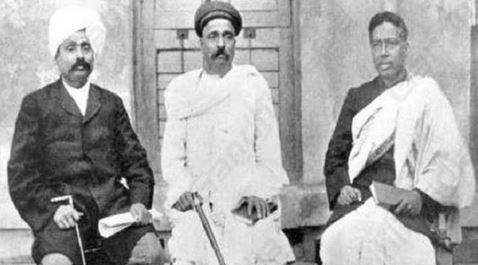
Independence of India 1947
After years of continuous struggle, sacrifices by thousands, and the weakening of British power after World War II, India finally gained its independence on 15th August 1947; however, freedom came with the painful partition of the country into India and Pakistan, which led to communal riots, loss of lives, and large-scale migration, leaving both joy and sorrow in the hearts of Indians.
Indian National Movement Other Important Groups
- Muslim League (1906): Initially aimed at safeguarding Muslim interests. Later demanded a separate nation (Pakistan).
- Gadar Party: Formed by Indians abroad, especially in Canada and the US. They planned an armed rebellion.
- Revolutionaries: Bhagat Singh, Rajguru, Sukhdev, Chandrashekhar Azad believed in armed struggle.
- Women Freedom Fighters:Sarojini Naidu, Kasturba Gandhi, Aruna Asaf Ali, and many more.
Indian National Movement Gained Strength
Several factors helped make the Indian National Movement stronger:
- Unity in Diversity –Indians from different backgrounds came together for one goal: freedom.
- Growth of Newspapers –Vernacular and English papers helped spread the nationalist message to villages and cities.
- British Exploitation -Heavy taxes, destruction of Indian industries, and land policies made life hard for common people.
- Educated Indians-Western education helped Indians learn modern ideas like liberty, equality, and democracy.
- International Influence-Freedom movements in other countries (like Ireland, Italy) inspired Indians.
Indian National Movements Important Centres
- Delhi – Political heart, where Congress sessions and protests took place.
- Kolkata – Early INC base and Swadeshi Movement hub.
- Mumbai – Strong base of trade unions, revolutionary groups, and national leaders.
- Ahmedabad – Gandhi’s ashram and key movements started here.
- Amritsar – Jallianwala Bagh tragedy happened here.
- Champaran – Gandhi’s first mass movement.
- Dandi (Gujarat) – Symbolic place of Salt Satyagraha.
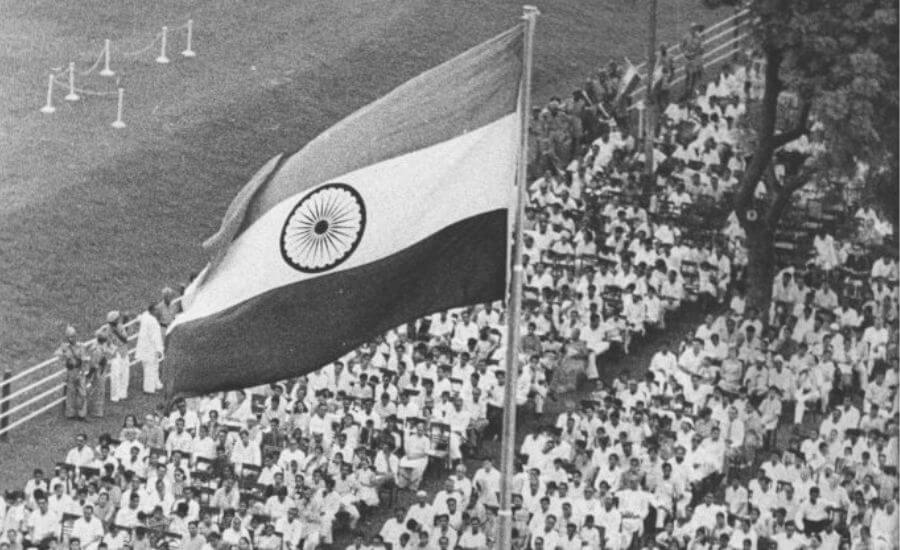
Indian National Movements Major Events Timeline list
India’s national movement was shaped by many key events over time. Each movement, protest, and uprising brought people together and strengthened the fight against British rule. The timeline below highlights these important milestones that played a crucial role in India’s long journey toward independence.
Event |
Year |
Revolt of 1857 |
1857 |
Formation of INC |
1885 |
Partition of Bengal |
1905 |
Formation of Muslim League |
1906 |
Gadar Party Movement |
1914 |
Home Rule Movement |
1916 |
Champaran Satyagraha |
1917 |
Kheda Satyagraha |
1918 |
Rowlatt Act & Jallianwala Bagh Massacre |
1919 |
Non-Cooperation Movement |
1920 |
Civil Disobedience Movement |
1930 |
Quit India Movement |
1942 |
India’s Independence |
1947 |
Conclusion
The Indian National Movement is not just a part of history.it is a story of unity, sacrifice, and courage. From petitions and peaceful protests to jail yatras and martyrdoms, every step was important.
Indian National Movement FAQs
What is the Indian National Movement?
The Indian National Movement was a series of political and social actions taken by Indians to gain independence from British rule. Spanning from the Revolt of 1857 to 1947, it involved mass protests, revolutions, and non-violent struggles led by national leaders like Gandhi, Nehru, Tilak, Bhagat Singh, and others. It unified people across regions, religions, and languages with one goal freedom for India.
What were the three main phases of the Indian National Movement?
The Indian National Movement unfolded in three major phases:
- Moderate Phase (1885–1905): Focused on reforms through petitions and dialogue.
- Extremist Phase (1905–1919): Demanded self-rule and adopted more assertive methods.
Gandhian Phase (1919–1947): Emphasized non-violence, civil disobedience, and mass movements under Gandhi’s leadership.
What were the major events of the Indian freedom struggle?
Key events that shaped the Indian National Movement include:
- Revolt of 1857
- Formation of Indian National Congress (1885)
- Partition of Bengal and Swadeshi Movement (1905)
- Jallianwala Bagh Massacre (1919)
- Non-Cooperation Movement (1920)
- Civil Disobedience Movement (1930)
- Quit India Movement (1942)
- India’s Independence (1947)
What role did Mahatma Gandhi play in the Indian National Movement?
Mahatma Gandhi was the face of non-violent resistance in the Indian National Movement. He led major campaigns like the Champaran Satyagraha (1917), Non-Cooperation Movement (1920–22), Civil Disobedience Movement (1930), and Quit India Movement (1942). Gandhi promoted truth, non-violence, and self-reliance, turning India’s struggle into a mass people’s movement.
What was the significance of the Revolt of 1857?
The Revolt of 1857 was the first large-scale uprising against British rule, led by Indian sepoys and regional leaders like Rani Lakshmibai, Bahadur Shah Zafar, and Tantia Tope. Though it failed, it exposed widespread resentment and is seen as the first war of Indian independence, sparking the rise of Indian nationalism.



